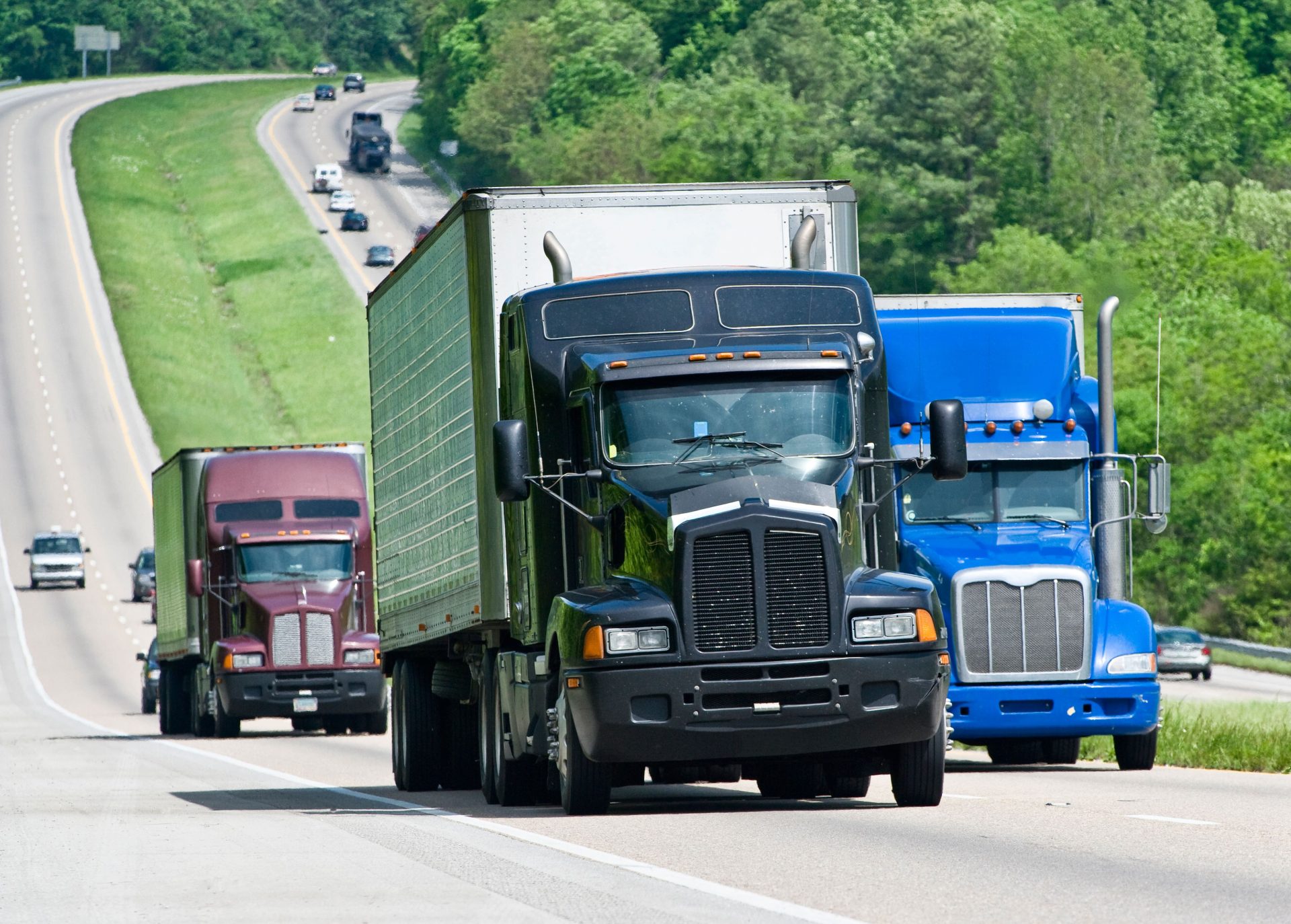Automated Trucks Closer to Roads as California Unveils Framework for Operation Standards
For more than a handful of years, a big problem for international shipping has been a trucker shortage problem. A partial, if not full, solution for that problem could be automated trucks. The technology exists, but there are many hurdles to looking out the window and seeing trucks with no one in them transporting shipping containers to and from the ports. One of the biggest hurdles, if not the biggest hurdle, is a legislative one.
A big step toward clearing that hurdle happened Friday.
DMV Lays Out Automated Truck Framework

How will states regulate driver-less trucks, making sure they’re safe for drivers and passengers of other vehicles on the road? California’s Department of Motor Vehicles laid out some answers at the end of last week. John Gallagher reported in a FreightWaves article:
California unveiled on Friday a draft framework proposal that will be used to inform standards for operating heavy-duty autonomous trucks weighing 10,001 pounds or more.
The draft language, issued by the state’s Department of Motor Vehicles (DMV), follows several meetings held jointly last year with the California Highway Patrol to get public feedback on safety, economic, and workforce implications associated with autonomous trucks.
Getting the legal framework in place to support an infrastructure for autonomous trucks is a major step in helping with the trucker shortage problem. That’s a major contrast from California legislation just a couple years ago exacerbating the trucking problem.
Automated Trucks Mean New Jobs?
Let’s stay with the positive. The DMV is emphasizing how autonomous trucks can create new jobs. Gallagher’s article continues:
“It’s time to take the next step and continue to responsibly advance technology that has the potential to not only enhance safe and sustainable transportation options but also to create new jobs and opportunities for workers within the evolving transportation sector,” said California Transportation Secretary Toks Omishakin, in announcing the draft language.
Often, we hear about automation in terms of taking away jobs. Particularly, when talking about international shipping. That’s because the dockworker unions, seeing it as an existential issue, fight so hard against automation at the ports. If the focus with the International Longshoremen’s Association’s (ILA) currently stalled negotiations wasn’t so heavily on the approximate 77% raise the union is trying to get for dockworkers, automation would likely be the most contentious issue between the union and employers.
However, there’s a whole industry worth of jobs around automation, and automated vehicles in particular. The engineering of the software and mechanical technology of the vehicles, their construction and upkeep, technicians and testers, and fleet oversight managers are a handful of the jobs around automated trucks. Some forms of unmanned trucks actually have remote operators, controlling the vehicles in a near video game or virtual reality type of setup.
Specifics About DMV’s Framework
Back to the specifics of the story at hand, exactly what does the DMV’s automated operation framework set up unmanned trucks to do? Gallagher reports:
The framework would allow autonomous trucks to operate on roads with speed limits of 50 mph or more and on frontage access roads – “essentially allowing for long-haul deliveries along hub-to-hub routes and in less complex operational areas,” according to a proposal summary.
…
The framework envisions a phased two-step permit process. Manufacturers would be required to initially hold a permit to test with a safety driver in the vehicle and apply in separate subsequent phases for driverless testing permit and a deployment permit.
“To further document their overall safety approach, manufacturers would be required to submit a safety case with each permit application that describes how they are comprehensively addressing safety at an organizational, operational, and vehicle level,” according to the agency….
Certain commercial truck operations, including household movers, oversize loads, hazardous material and bulk tankers, are excluded from the framework for safety reasons, the agency stated.
Safety at the Center
I still can only imagine it being unnerving to look over at a truck driving next to you on the freeway only to discover there is no driver at the wheel. However, the framework on the operating rules for these vehicles is clearly based on safety.
Safety has been the biggest concern, for both the public and lawmakers, when it comes to automated vehicles from their conception. The DMV is seeking a great deal of feedback on making sure the laws around automated vehicles protect public safety.
There’s a ways to go before automated trucks take over delivering shipping containers to and from ports. But keep a look out. You may see a truck with no one behind the wheel sooner than you think.




